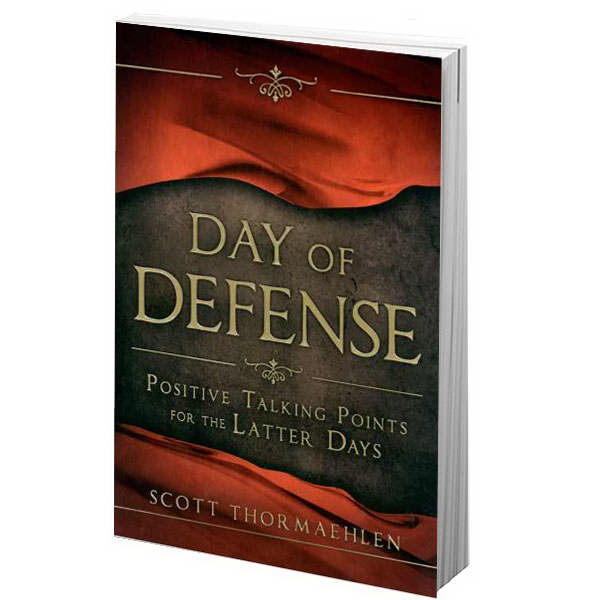Barriers to the Restoration & Reaching Fellow Bible Believers
It would do well for members of the Church of Jesus Christ of Latter-day Saints to reflect on the media coverage their faith received from the past two election cycles and going forward. In short, the church is dealing with “a barrier to familiarity.”
What exactly were voters, and therefore other Christians unfamiliar with? Some expressed that the Church is a “quasi-cult” and therefore not a Christian faith at all, while many struggle with Joseph Smith’s polygamy.
What barriers need to be broken down? Below are the five topical areas where Latter-day Saint doctrine must reach fellow Bible believers in order to move the discussion forward (Additional links are embedded for your pleasure, but ‘Day of Defense‘ will also clarify these with the Bible with the hopes of creating more interfaith dialogue with fellow Christians) :
1) Bridging the Latter-day Saints’ understanding of the often misunderstood Jesus and Lucifer as “brothers“ with Biblical teaching.
2) That Latter-day Saints can “own their own planet“.
3) Polygamy, in general, is completely rejected by mainline Christianity, who offer their own Biblical interpretation. Latter-day Saints need to convey their position. A good starting point is found in chapter four of ‘Day of Defense.’
4) That Latter-day Saints are a cult and are weird.
5) That Latter-day Saints do not believe in the Holy Trinity as accepted and defined by the post-New Testament creeds and counsels.
Many more red flags and misconceptions related to building bridges between Latter-day Saints and other Christians are explained in my book ‘Day of Defense: Positive Talking Points for the Latter Days‘ (Cedar Fort, 2013).
Further, after reflecting again on this 2011 interview with MSNBC’s Chris Matthews and Dallas evangelical pastor, Robert Jeffress, the following barriers – in addition to those above – still haunt the Church, and are addressed in further depth in ‘Day of Defense.’
-First, Jeffress mentions that the Church of Jesus Christ came 1800 years after Christ (as if that is a negative when in fact all Protestant sects came some 1500 years after Christ).
-Second, that Latter-day Saints have a “human leader” as opposed to Christ.
-Third, that Latter-day Saints have their own set of doctrines.
-Fourth, Latter-day Saints are not a part of “historic Christianity.”
-Fifth, Latter-day Saints have the Book of Mormon in addition to the Bible.
-Sixth, that Latter-day Saints have a work-based system for salvation.
If defended and articulated by members of the Church in a sincere and non-threatening way, when these issues arise, and they will, our weaknesses as a Church can become our greatest strengths. Further, many of our friends, family, and co-workers not of our faith maintain their own perspective of our theology, so it is upon us as Latter-day Saints to listen, study, and respond in a way to build on what others already know.
‘Day of Defense’ is also available at Amazon.com in paperback as well as Kindle format.
Scott Thormaehlen received his Master’s in History in 2016 and taught U.S. History in the Lone Star College system in Houston, Texas and for Alvin Community College. His writings have appeared in Accuracy in Academia, the Journal of Multidisciplinary Studies at Sam Houston State University, LDS Living, Meridian Magazine, and East Texas History – a project by Sam Houston State University.



